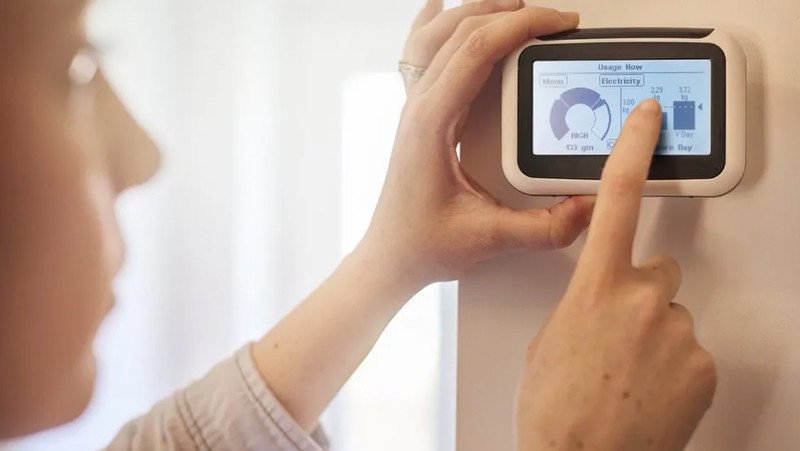
Government borrowing fell in November but was still higher than expected, the latest official figures show.
Borrowing – the difference between spending and tax income – was £14.3bn last month, above forecasts of £13bn.
The figure was £900m less than a year earlier, but was the fourth highest total for November since monthly records began in 1993.
Spending rose as benefit payments to some households offset the end of support for energy bills.
Government income also rose thanks to an increase in VAT and income tax receipts.
Borrowing for the financial year to date has now reached £116.4bn, which is £24.4bn more than over the same period last year.
The ONS said: “Payments relating to the energy price schemes that began in October 2022 have now stopped. However, these reductions in spending were offset by other inflation-related costs, such as increased benefit payments.”
Paul Johnson of the Institute for Fiscal Studies told the BBC’s Today programme that borrowing so far this year was not as high as had been predicted in March, because tax revenues were “coming in pretty well”.
This is partly due to the fact that income tax thresholds have been frozen by the government, so recent wage rises have led to more people moving into higher tax bands – a concept know as fiscal drag.
Mr Johnson added that the “expectation at least is that borrowing will fall reasonably rapidly over the next few years few years”.
Government borrowing has increased sharply in recent years, after it spent billions on measures to support the economy through Covid and then to subsidise gas and electricity bills when energy prices surged last year.
Chief Secretary to the Treasury, Laura Trott, said: “It was right to spend billions protecting people during the pandemic and the energy shock triggered by Putin’s invasion of Ukraine, but we cannot leave our children and grandchildren to pick up the tab.
“That’s why the Prime Minister has made reducing debt a top priority.”
Total debt – which is the overall amount of money owed by the government that has built up over years – was £2.67 trillion at the end of November 2023, which was the equivalent of 97.5% of the size of the UK’s economy as measured by gross domestic product (GDP).
On Thursday, Prime Minister Rishi Sunak’s claim that the government has reduced debt was challenged by the UK Statistics Authority.
In a social media post on 7 November, Mr Sunak said “debt is falling”. During Prime Minister’s Questions on 22 November, the prime minister also told MPs “we have indeed reduced debt”.
But UK Statistics Authority’s chairman said the assertion “may have undermined trust in the government’s use of statistics”.
The prime minister has made reducing national debt one of his five key priorities.
Mr Johnson said the government faced a problem as debt was “high and essentially stable”.
“I mean it’s going to stay roughly at the same level as it is today over the next four or five years on the government’s own figures and expectations, and of course its own fiscal rule is that debt should be falling at the end of the forecast period.
“Well the Office for Budget Responsibility said it will be, but by the tiniest of margins and only then because the government has pencilled in some incredibly tight, possibly unrealistically tight, spending plans.”
 Weekly Bangla Mirror | Bangla Mirror, Bangladeshi news in UK, bangla mirror news
Weekly Bangla Mirror | Bangla Mirror, Bangladeshi news in UK, bangla mirror news







